This afternoon, April 26, continuing the 44th session, under the direction of Vice Chairman of the National Assembly Nguyen Khac Dinh, the National Assembly Standing Committee gave opinions on the draft Law amending and supplementing a number of articles of the Law on Organization of People's Courts.
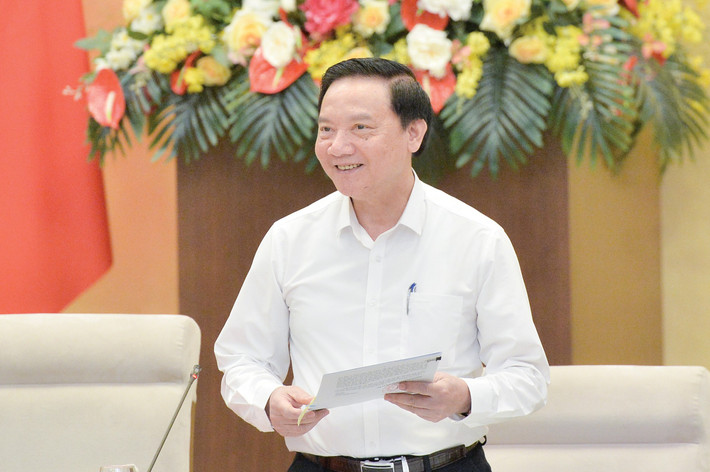
End of operations of the High People's Court and District People's Court
According to the Submission on the draft Law amending and supplementing a number of articles of the Law on Organization of People's Courts presented by Deputy Chief Justice of the Supreme People's Court Nguyen Van Tien, the draft Law amends and supplements regulations on the organization of the Court system in the direction of not organizing High-level People's Courts and District-level People's Courts; establishing Regional People's Courts; converting specialized First Instance People's Courts into specialized Courts within Regional People's Courts.
Accordingly, the organizational model of the Court system includes: Supreme People's Court; People's Courts of provinces and centrally-run cities; Regional People's Courts (amended Article 4 of the Law on Organization of People's Courts in 2024).
The report on the review of the draft Law was presented by Chairman of the Committee on Law and Justice Hoang Thanh Tung, stating that the Committee agreed with the proposal of the Supreme People's Court to develop and promulgate this Law under the simplified procedure. The draft Law dossier is complete and qualified to be submitted to the Standing Committee of the National Assembly for consideration and comments.
The Draft Law is consistent with the Party's policies and guidelines; ensures constitutionality and consistency with the legal system. The scope of amendments and supplements focuses on regulations related to the organization, apparatus, tasks and powers of the People's Court. However, regarding the amendment of some other contents outside the above scope, the drafting agency is requested to clarify this content.
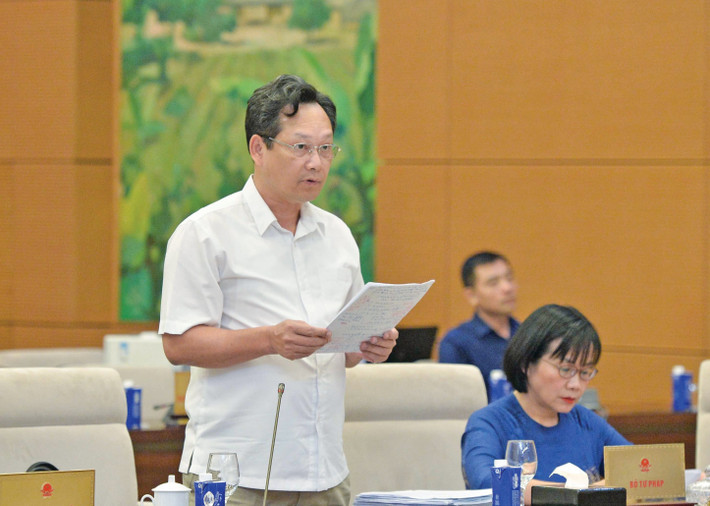
The Committee on Law and Justice approved the draft Law regulating the organization system of the People's Court, including the Supreme People's Court, Provincial People's Courts, and Regional People's Courts. Military Courts are maintained according to the current Law. The activities of the High People's Court and District People's Courts are terminated.
In order for the People's Courts at three levels to operate normally and without interruption after the organizational restructuring, the draft Law redefines the tasks and adjudication powers of each level of Court.
Specifically, the Supreme People's Court is assigned the task of appellate first-instance criminal judgments of provincial-level courts that have not yet taken legal effect and are appealed or protested; and review and re-trial judgments and decisions of provincial-level courts that have taken legal effect and are protested (these two tasks are taken over from the High People's Court).
The provincial People's Court is assigned the task of reviewing first-instance judgments and decisions of the regional People's Court that have not yet taken legal effect and are appealed or protested; and reviewing and re-examining judgments and decisions of the regional People's Court that have taken legal effect and are protested (this task is taken over from the High People's Court).
The People's Court of the region shall try criminal cases at first instance according to the provisions of law; and all civil and administrative cases and matters at first instance and resolve other matters under the jurisdiction of the Court (increased jurisdiction compared to the current District People's Court).
The Committee on Law and Justice found that the provisions of the draft Law correctly implemented the policy of strengthening decentralization and delegation of power; were consistent with the existing organizational structure, resources and ability to complete assigned tasks of the People's Courts, and therefore agreed with the draft Law.
Increase the number of members of the Supreme People's Court Council of Judges
Permanent Deputy Head of the People's Aspirations Committee and Judge Le Thi Nga agreed with the three-level court organization model and the proposal of the drafting agency to increase the number of members of the Supreme People's Court's Judicial Council to no less than 23 and no more than 27 (currently from 13 to 17).
The Standing Deputy Chairman of the People's Aspirations and Supervision Committee also agreed with the composition of the National Council for Selection and Supervision of Judges as in the draft Law, which is to supplement the composition of the Council to include 1 head of a unit under the Supreme People's Court who is a Judge of the People's Court, 1 Chief Justice of the Supreme People's Court of Appeal, 1 Chief Justice of the People's Court of a centrally-run city appointed by the Chief Justice of the Supreme People's Court to replace 3 Chief Justices of the High People's Court at Point d, Clause 1, Article 40 of the current Law.
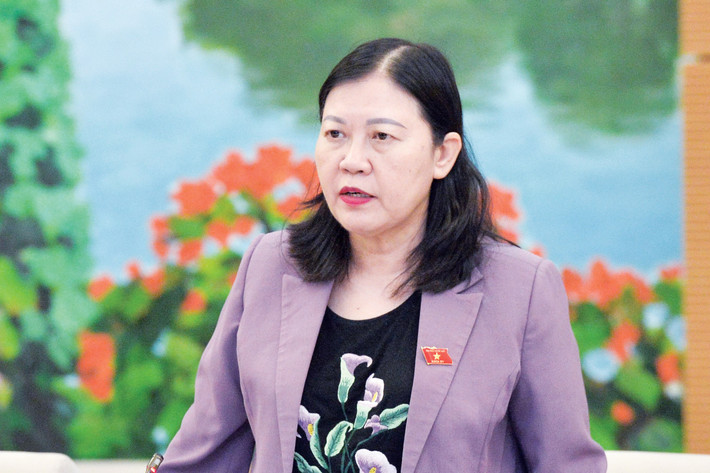
Concluding the discussion, Vice Chairman of the National Assembly Nguyen Khac Dinh stated that the National Assembly Standing Committee agreed that the draft Law documents are eligible to be submitted to the National Assembly for consideration and approval at the Ninth Session according to the shortened procedure.
Noting that at the upcoming Ninth Session, the National Assembly will consider many laws on the organization of judicial agencies, laws on judicial proceedings and many other related laws, the Vice Chairman of the National Assembly requested the Supreme People's Court and the Committee on Law and Justice to closely coordinate with relevant agencies in the process of receiving opinions from National Assembly deputies to perfect the draft law, ensuring the consistency of the legal system.
The Vice Chairman of the National Assembly said that the National Assembly Standing Committee also basically agreed with increasing the number of members of the Supreme People's Court's Judicial Council to no less than 23 and no more than 27.
Source: https://daibieunhandan.vn/to-chuc-toa-an-nhan-dan-theo-mo-hinh-3-cap-post411552.html



![[Photo] Special class in Tra Linh](https://vphoto.vietnam.vn/thumb/1200x675/vietnam/resource/IMAGE/2025/11/14/1763078485441_ndo_br_lop-hoc-7-jpg.webp)

![[Photo] Deep sea sand deposits, ancient wooden ship An Bang faces the risk of being buried again](https://vphoto.vietnam.vn/thumb/1200x675/vietnam/resource/IMAGE/2025/11/13/1763033175715_ndo_br_thuyen-1-jpg.webp)


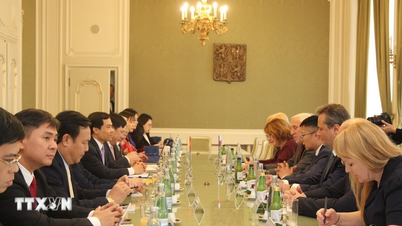



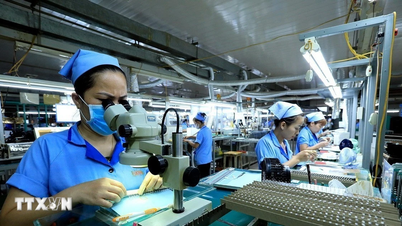









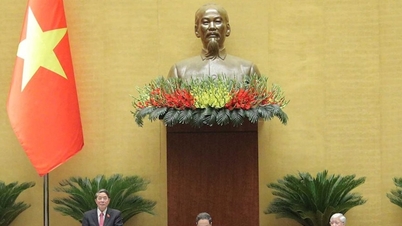
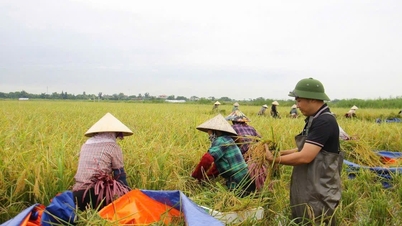
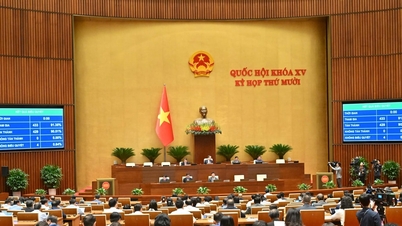
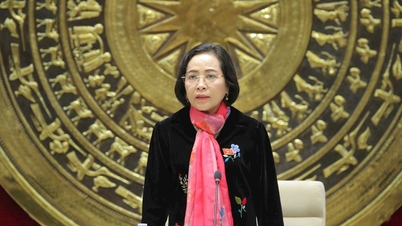
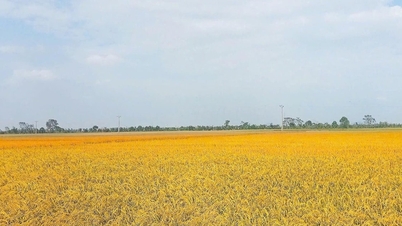
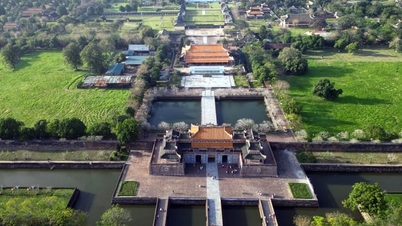



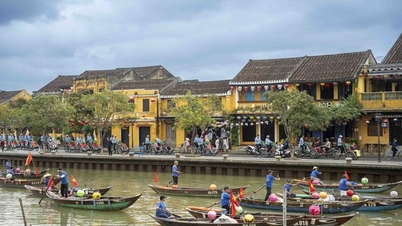

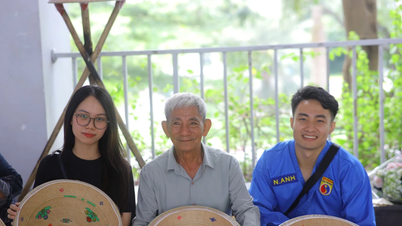





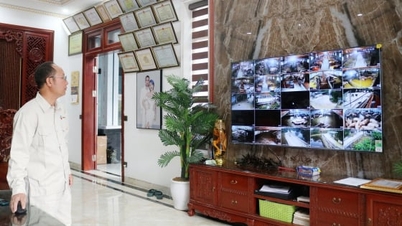






















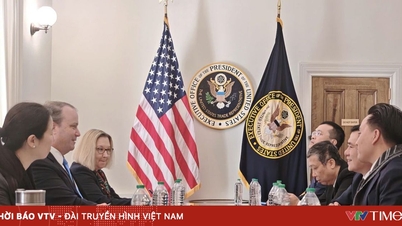
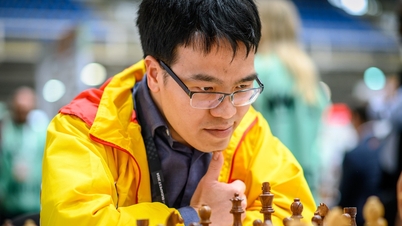


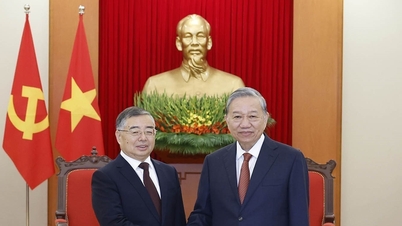
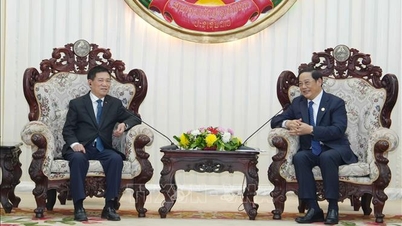
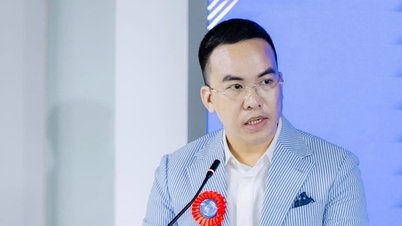


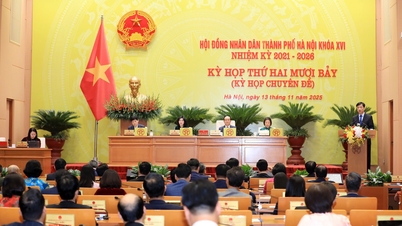

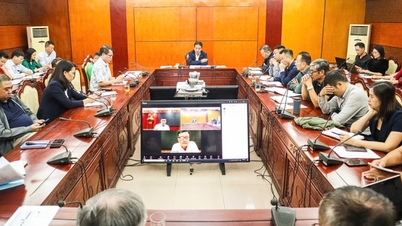

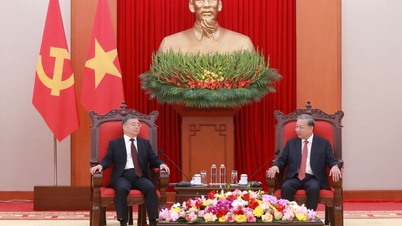
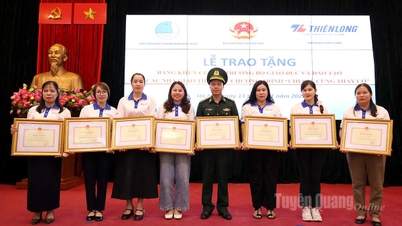



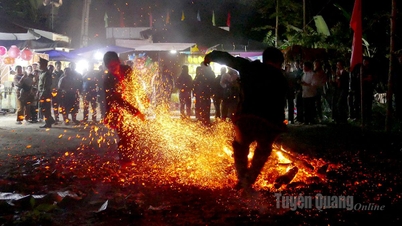
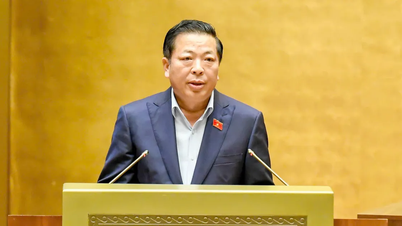

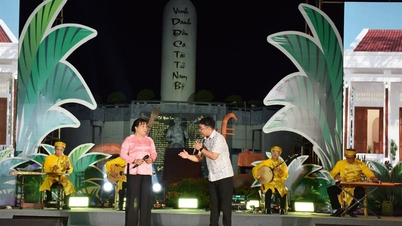



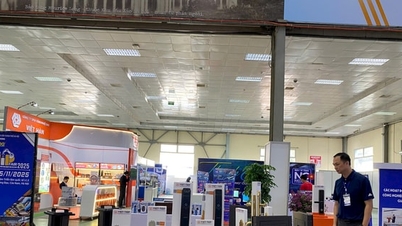

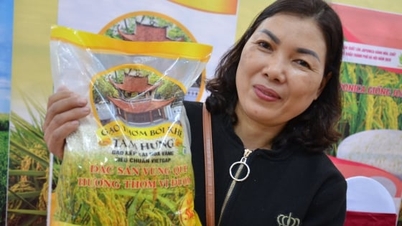

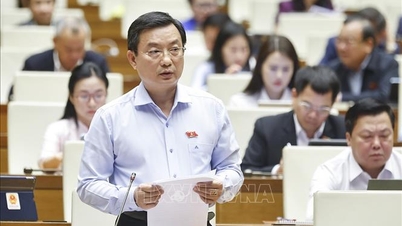
![Dong Nai OCOP transition: [Article 3] Linking tourism with OCOP product consumption](https://vphoto.vietnam.vn/thumb/402x226/vietnam/resource/IMAGE/2025/11/10/1762739199309_1324-2740-7_n-162543_981.jpeg)





Comment (0)